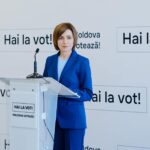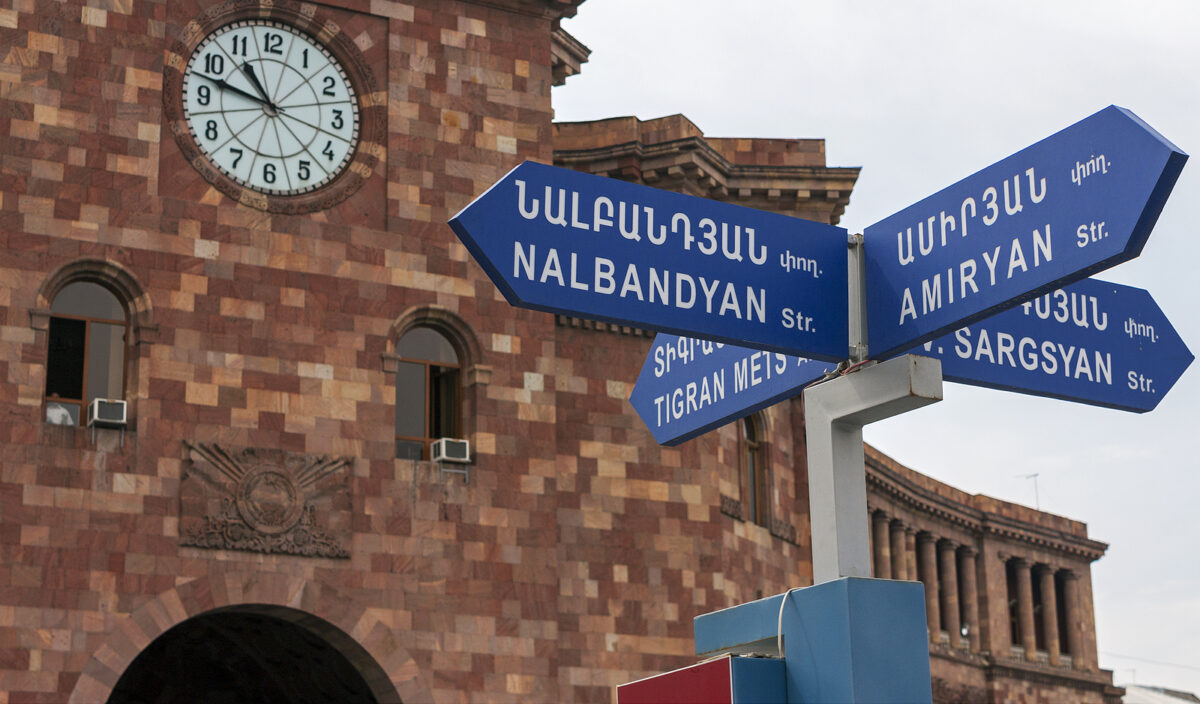Despite being landlocked and facing numerous geopolitical challenges, including historical conflicts and the recent, seemingly permanent loss of Nagorno-Karabakh, Armenia’s economy has seen a remarkable rate of growth over the past decade.
While the IT sector has been the standout performer, Armenia has also made strides in other areas. Mining remains central, but services, tourism, and agriculture also play significant roles in the country’s economic growth.
In the medium-term, however, vulnerabilities remain, particularly in light of shifting regional dynamics and continued dependence on Russia.
In 2010, Armenia’s GDP stood at around nine billion US dollars, increasing to 15 billion US dollars by 2022. The country’s GDP growth averaged four-six per cent per year during this period, with the economy expanding by an enormously impressive 12.6 per cent in 2022 alone. The World Bank forecasts growth of 5.5 per cent in 2024.
This strong performance came in the face of regional instability and the aftermath of the Covid-19 pandemic, underscoring Armenia’s underlying economic resilience.
Exports have played a crucial role in this growth, particularly in the mining sector. Armenia is rich in copper, molybdenum, and other valuable minerals, which make up a substantial share of its exports. Copper alone accounts for roughly 20-25 per cent of the country’s total exports.
The rise of Armenia’s IT sector
One of the most promising developments in Armenia’s economy has been the rapid expansion of its IT sector. Over the past decade, the industry has grown at a rate of 20-25 per cent annually, and today it contributes around seven per cent to GDP. The IT sector is on track to reach a share of 15 per cent by 2030, according to government estimates.
Exports of IT services reached 675.5 million US dollars in 2022, up from 323.3 million US dollars in 2022, according to Emerging Europe’s latest Future of IT report.
This growth is the result of deliberate policy choices aimed at encouraging innovation. Tax incentives, investment in education, and government support for startups have turned Armenia into a regional hub for technology.
Yerevan, in particular, has become home to a vibrant tech ecosystem, attracting both local entrepreneurs and international companies. Firms like Synopsys, VMware, and the homegrown PicsArt have become emblematic of Armenia’s growing reputation in software development, artificial intelligence, and telecommunications.
An influx of Russian IT professionals following their country’s invasion of Ukraine has provided an additional boost. Thousands of highly skilled workers, fleeing sanctions and economic instability in Russia, have moved to Armenia, bringing with them expertise and capital. This has injected fresh energy into the country’s IT sector, reinforcing its development.
Broader economic diversification
Tourism is an increasingly important contributor to the economy. In 2022, the sector grew by 30 per cent as international visitors returned post-pandemic.
Armenia’s rich cultural heritage, historic sites, and picturesque landscapes have made it a growing destination for tourists from Europe, Russia, and the Middle East. In 2023, tourism generated close to one billion US dollars, providing a critical source of income for the economy and bolstering regional development.
Agriculture, while shrinking in terms of its share of GDP, still employs around one-third of the population. The government has undertaken efforts to modernise farming practices, improve irrigation, and boost productivity.
However, outdated infrastructure and the effects of climate change continue to limit potential growth in this sector.
Geopolitical and economic challenges
Armenia’s geopolitical situation continues to cast a shadow over its economic prospects. The 2020 war with Azerbaijan over Nagorno-Karabakh dealt a serious blow to the country, resulting in territorial losses that have affected national morale and strained the political system.
In 2023, the situation escalated again, leading to the full loss of Armenian control over Nagorno-Karabakh (internationally recognised as Azeri territory but controlled by Armenia since the 1990s), which further complicated the political landscape. Armenia has also needed to absorb tens of thousands of refugees fleeing the Azeri takeover of the territory.
Despite widespread protests against his handling of the conflict, Prime Minister Nikol Pashinyan remains in office. The next parliamentary elections are expected to be held in 2026
The Nagorno-Karabakh conflict has shifted Armenia’s foreign policy focus, as the country looks to reduce its dependence on Russia and explore new partnerships. Long viewed as guarantor of its security, Russia failed to assist Armenia over Nagorno-Karabakh.
Despite this, Russia remains Armenia’s largest trading partner, accounting for around 25 per cent of foreign direct investment and more than 40 per cent of its imports. The close economic relationship with Russia is also reflected in Armenia’s ongoing membership in the Eurasian Economic Union (EEU), which ties it to the Russian-led economic bloc.
Trade turnover between Armenia and its fellow member states in the EEU grew 7.3 per cent in January-August of this year, Armenian Deputy Minister of Economy Arman Khojoyan said last month.
The sanctions imposed on Russia following its invasion of Ukraine have had mixed effects on Armenia. On the one hand, the influx of Russian businesses and professionals has provided a boost to the local economy. On the other hand, the reliance on Russian imports, particularly energy, makes Armenia vulnerable to external shocks. The country imports over 80 per cent of its gas from Russia, making it susceptible to fluctuations in the geopolitical landscape.
Closed borders with Turkey and Azerbaijan further exacerbate Armenia’s economic isolation. This limits access to markets and raises transportation costs for exporters, reducing competitiveness. Armenia’s trade routes are currently restricted to Georgia and Iran, both of which have their own geopolitical and economic challenges.
Foreign investment
Foreign direct investment (FDI) is essential for Armenia’s continued growth and modernisation. The country has made some progress in attracting investment, particularly in sectors like telecommunications, mining, and IT. Russian investment remains dominant, but Armenia has been gradually diversifying its sources of capital.
In 2023, Armenia received around 700 million US dollars in FDI, up from 500 million US dollars a decade earlier. However, these levels are not sufficient to sustain long-term growth. If Armenia wants to continue its development, it will need to attract more investment, particularly from Europe, the United States, and the Middle East.
The government has implemented a number of reforms aimed at improving the business environment. Anti-corruption measures, simplification of bureaucratic procedures, and improvements in transparency have helped make Armenia more attractive to foreign investors. However, more needs to be done, particularly in strengthening the judiciary and ensuring the protection of property rights.
There is considerable potential for future investment in sectors like renewable energy, tourism, and fintech. Armenia has already begun exploring renewable energy options, particularly solar power, to reduce its dependence on Russian energy imports.
Tourism, with its potential for growth in both international and domestic markets, remains an area ripe for further development. Fintech, an emerging industry in Armenia, also holds promise as the country continues to boost its IT sector.
Ultimately, Armenia’s ability to diversify its sources of foreign investment will be key to its long-term wellbeing, alongside the modernisation of key sectors such as agriculture and energy. Reducing its dependence on Russia will also be critical for its future development.
The potential, however, is there.







